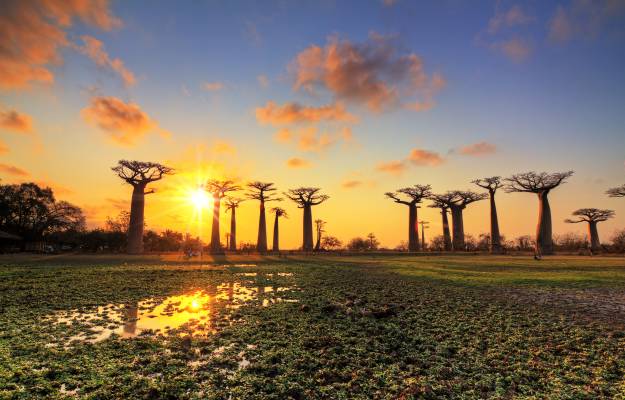
Discover Russia’s Lake Baikal
Home to more than 2,000 species of plants and animals, Lake Baikal contains 20 percent of the entire planet’s fresh water—and is absolutely stunning. Learn why Lake Baikal is a UNESCO World Heritage site and nicknamed the "Pearl of Siberia."

Unique Wildlife
Along Lake Baikal you can find bears, elk and lynx, but two-thirds of the lake’s species can be found nowhere else on earth, which is why it is often compared to the Galápagos Islands. Among these interesting creatures are the Baikal omul fish, Baikal oil fish and most notably, the Baikal seal or nerpa as they are called in Russian. This is one of the only seal species to live entirely in fresh water. Nimble, quick and intelligent, they can stay under water for up to an hour, thanks to their blood’s astonishing capacity to hold oxygen.


Crystal-Clear Waters
The lake is famous for its crystal clear waters. This clearness is due to both a lack in mineral salts and its gigantic population of tiny crayfish, Baikal epischura, which eat algae and other small particles in the water. These small crustaceans help filter about 10 to 15 times the amount of water that flows into the lake. As a result, you can see 130 feet beneath its surface.
Turquoise-Hued Ice
In the winter, when temperatures can plummet to minus 36 degrees Farenheit, the lake freezes over and large blocks of transparent ice form on Lake Baikal’s surface. These enormous ice hummocks glow like giant turquoise gemstones when the sun light hits them. Freezing temperatures, combined with brutal winds, can create ice hummocks as large as 50 feet, turning the surface into a frozen wonderland.


Deep as the Sea
The lake is estimated to be around 25 million years old and more than 5,300 feet deep in some spots. With over 12,000 square miles of surface area, it’s no wonder why locals refer to Lake Baikal as “the sea.” In addition, more than 330 rivers flow into the lake, but only one, the Angara, flows out.


